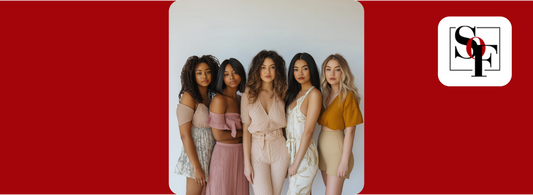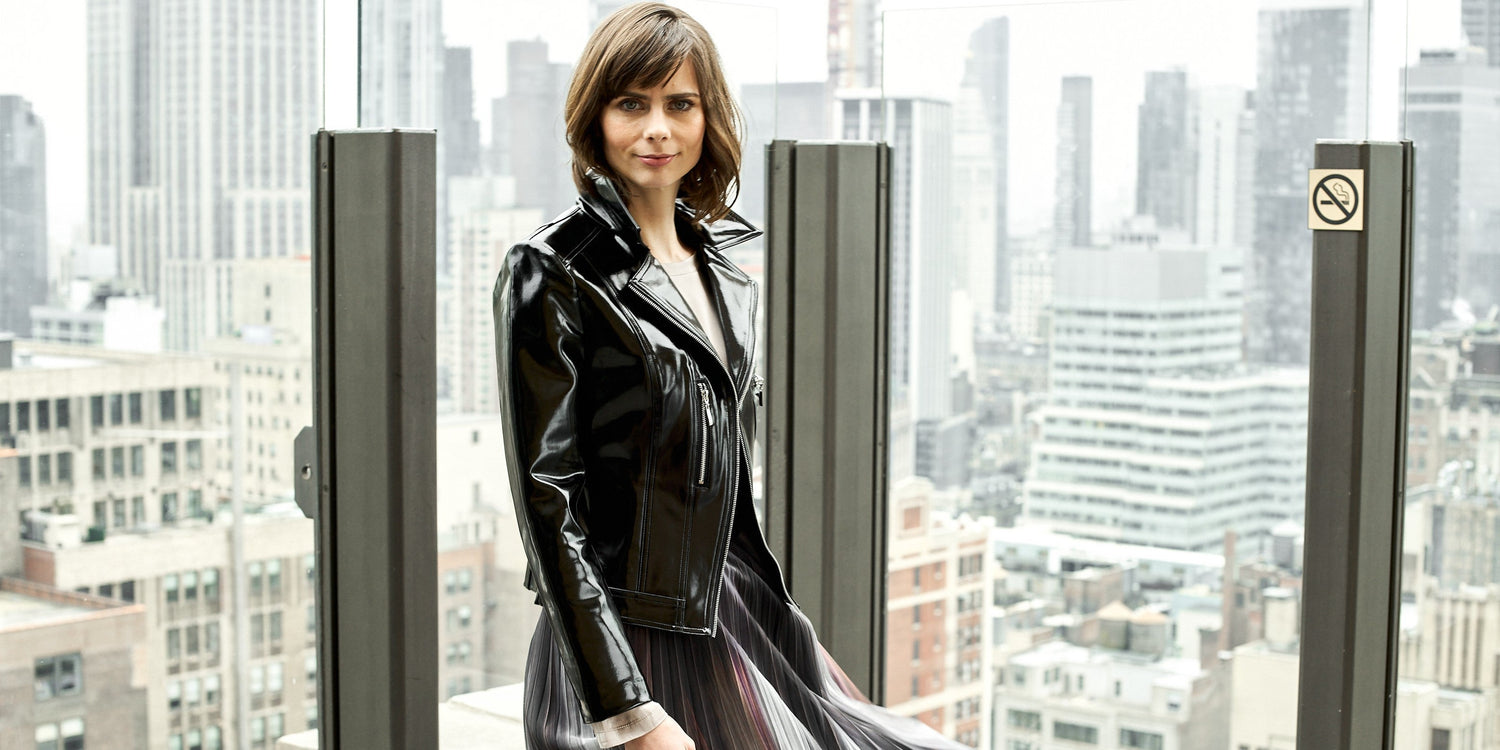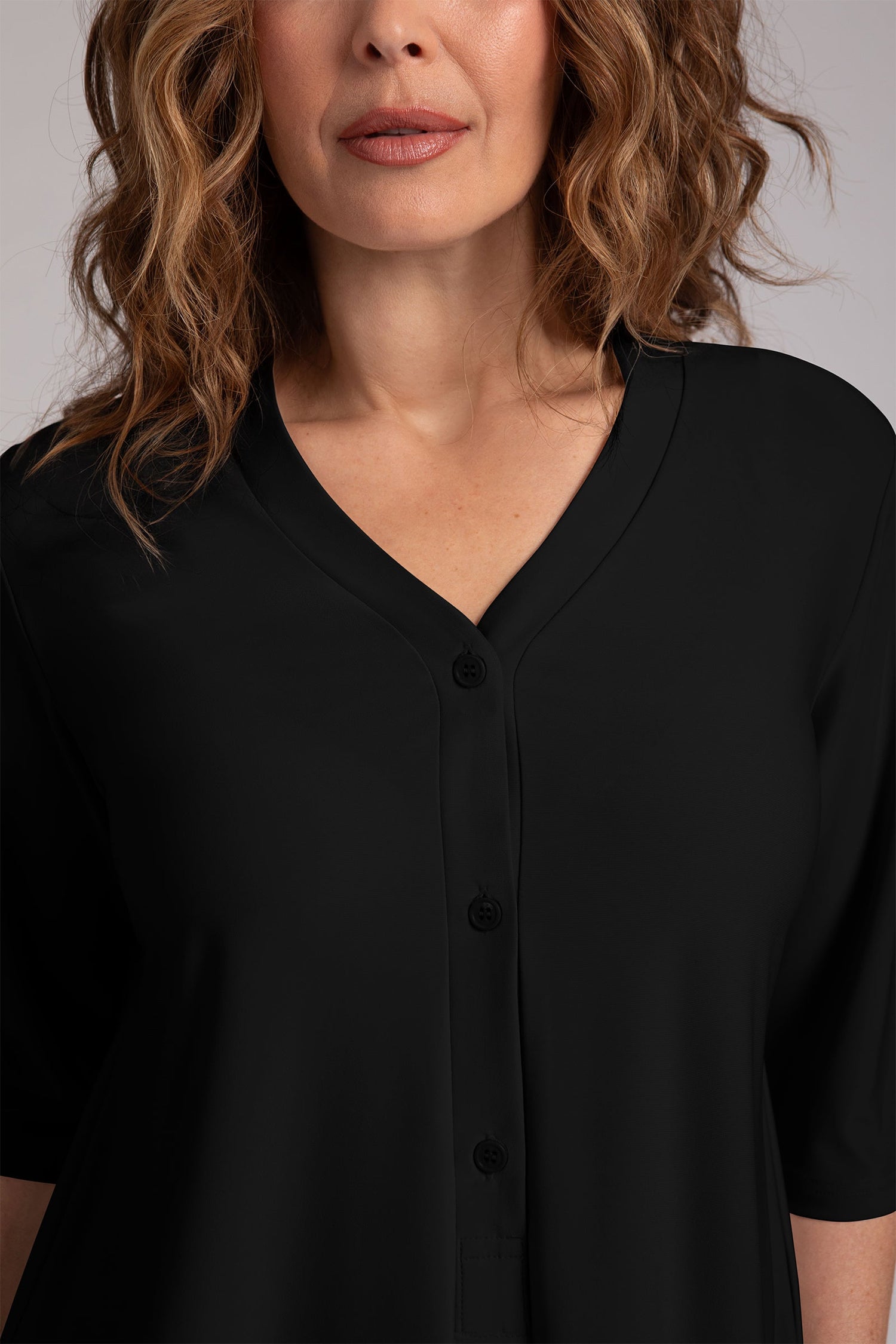Clothes colors - What your outfit says about you

Color choices speak volumes! Learn what different hues symbolize and how to use them to express confidence and personality.
Share
Fashion is a form of nonverbal communication, and the colors you wear play a significant role in the message you send to the world. Whether you prefer bold and bright shades or soft and neutral tones, every color has a unique influence on your overall image. Understanding clothes colors and how they relate to personality, style, and occasion can help you create a wardrobe that enhances your confidence and presence.
Additionally, knowing what colors fit you based on your skin tone and personal aesthetic allows you to make choices that bring out your best features. If you've ever asked yourself, "What are my best colors to wear?" or wondered about the most flattering color pairings, this guide will provide insight into how color affects perception and how to choose shades that work for you.
The meaning of colors in clothing
Each color evokes a particular emotion and perception, influencing how you feel and how others perceive you. Here’s a breakdown of the most common colors in fashion and their meanings:
- Red – Power and passion: A striking and attention-grabbing color, red symbolizes energy, strength, and confidence. It’s a great choice for moments when you want to make an impact, whether in business, social settings, or special events.
- Blue – Trust and stability: Blue conveys reliability, calmness, and intelligence. Lighter shades, such as sky blue, are refreshing and friendly, while deeper tones, like navy, exude sophistication and professionalism.
- Black – Elegance and authority: Black is timeless, sleek, and versatile. It is often associated with formality, power, and sophistication, making it a staple in business attire and evening wear.
- White – Simplicity and purity: White reflects cleanliness and minimalism. It’s a popular choice for summer outfits, classic office attire, and elegant formalwear.
- Green – Harmony and growth: Green is linked to nature, renewal, and balance. Dark greens are often associated with wealth and stability, while lighter greens evoke a fresh, casual vibe.
- Yellow – Optimism and warmth: A cheerful and vibrant color, yellow represents positivity and creativity. It works well in casual and summer wear but should be used thoughtfully to avoid overwhelming an outfit.
- Purple – Creativity and luxury: Historically linked to royalty and creativity, purple adds an artistic and refined touch to any wardrobe. Darker shades feel regal, while pastels are soft and feminine.
- Brown – Earthiness and comfort: Brown creates a warm and grounded look, often associated with reliability and stability. It’s a great neutral for casual and business wear.
- Pink – Femininity and romance: Pink ranges from delicate blush tones to bold fuchsia. Light pinks are soft and romantic, while brighter shades make a fun, playful statement.
Choosing colors based on skin tone
Selecting what colors fit you depends on your skin’s undertone. Knowing whether your undertone is warm, cool, or neutral helps determine which shades are most flattering.
Cool undertones (pink, red, or blue hues in skin)
Best colors:
- Jewel tones like sapphire blue, emerald green, and ruby red.
- Cool-toned neutrals such as gray, navy, and crisp white.
Avoid:
- Warm oranges, yellows, and earthy browns, as they may wash out cool-toned skin.
Warm undertones (golden, peachy, or yellow hues in skin)
Best colors:
- Earthy shades like mustard yellow, rust, olive green, and warm reds.
- Warm neutrals, such as cream, camel, and chocolate brown.
Avoid:
- Icy blues and stark whites, as they can contrast too harshly with warm-toned skin.
Neutral undertones (A mix of warm and cool hues)
Best colors:
- Almost any shade works well! Balanced hues like teal, blush pink, and soft gray complement neutral undertones beautifully.
Avoid:
- Extremely bright neons or heavily saturated colors, which can be overpowering.

How to combine colors in an outfit
Pairing colors effectively can elevate your style and create a balanced, intentional look. Here are some methods for coordinating colors:
|
Color Combination Type |
Description |
Example Outfit |
|
Monochrome |
Wearing different shades of the same color for a cohesive look. |
Light blue blouse + navy trousers + sky blue accessories. |
|
Complementary |
Using colors opposite each other on the color wheel for contrast. |
Orange dress + deep blue heels + gold accessories. |
|
Analogous |
Combining neighboring colors for a harmonious effect. |
Green top + teal skirt + yellow-toned accessories. |
|
Neutral with a Pop |
Classic neutrals paired with a bold accent color. |
Beige sweater + white jeans + red handbag. |
|
Pastel Harmony |
Soft, muted tones for a gentle, elegant outfit. |
Lavender dress + blush pink coat + cream shoes. |
Determining your best colors – Quick tests
If you're unsure about what colors fit you, try these simple methods:
The vein test
Look at the veins on your wrist:
- If they appear blue or purple, you have cool undertones (choose cool colors like blue and emerald green).
- If they look greenish, you have warm undertones (earthy and warm tones like rust and mustard will suit you).
- If they seem both blue and green, you likely have neutral undertones, meaning most colors will work for you.
The jewelry test
- Gold jewelry tends to flatter warm undertones.
- Silver jewelry looks better on cool undertones.
- If both look good, you probably have a neutral undertone.
The white test
Hold up a pure white and an off-white fabric next to your face:
- If stark white makes your complexion glow, you likely have cool undertones.
- If off-white or cream looks better, you have warm undertones.
Clothes colors and personal style
Color is a powerful tool in fashion, influencing how you feel and how others perceive you. Whether you want to appear confident, relaxed, sophisticated, or playful, choosing the right clothes colors enhances your natural beauty and complements your personal style.
By understanding color meanings, coordinating color pairings, and identifying what are my best colors to wear, you can build a wardrobe that reflects your personality and highlights your best features. Fashion is all about self-expression—so wear the colors that make you feel great!





